#Regulation
How CAFE Killed Compact Trucks And Station Wagons
Close your eyes and imagine it’s 1979. A first-term Democratic president struggles with unemployment, malaise, high energy prices, and embassy trouble. The landscape of today looks like the landscape of then, but there’s one important thing missing: The compact pickup. Where did they go? The small pickup was an indelible symbol of America’s lowered expectations in the Seventies and Eighties. Now that crappy times are here again, where are the paper-thin truck beds and wheezy-but-indestructible four-cylinders to pull them?
What's the Deal With Those FLOOR TEMP Warning Lights in Malaise Era Datsuns?
A couple of recent Junkyard Find Datsuns (the ’78 510 and ’77 280Z) featured mysterious “FLOOR TEMP” idiot lights on their dashes. Floor temp? Why?
EPA Releases 2017-2025 CAFE Proposed Rule
Over the last few days we’ve been discussing the implications of the growing gap between global oil demand and production, looking at the responses of a global automaker, a radical startup and the oil industry itself. And make no mistake, it’s an uncertain future out there… unless you’re selling cars in the US. In that case, your future just arrived, planned all the way through 2025. That is, if you think this proposed rule will survive four presidential elections and one industry-government “mid-term review.” Want to familiarize yourself with this pre-planned fuel economy future? All 893 pages await your perusal, in PDF format here. Or, hit the jump for a few broad strokes.
Inspector General: NHTSA Needs To Rethink Defect Investigation
Remember the uproar over Unintended Acceleration in Toyotas? After more than a year of investigation, NHTSA has yet to find a definitive cause for the furor… although the experience was not an entire waste. In fact, the most interesting result of the entire situation was that it cast light on NHTSA’s inefficacy as much as it did embarrass Toyota’s quality control. And to help clarify what exactly the lessons of the Toyota flap were, the DOT’s Inspector General has released a report detailing its criticisms of the federal safety regulators. According to the report [ PDF], NHTSA’s Office of Defect Investigation (ODI) has not
- Adequately tracked or documented pre-investigation activities.
- Established a systematic process for determining when to involve third-party or Vehicle Research and Test Center (VRTC) assistance
- Followed timeliness goals for completing investigations or fully implemented its redaction policy to ensure consumers’ privacy. [Ed: gee, you think?]
- Established a complete and transparent record system with documented support for decisions that significantly affect its investigations.
- Developed a formal training program to ensure staff has the necessary skills and expertise.
China To Improve Crash Test Standards… And Not A Moment Too Soon
Chinese automakers are delaying exports to Europe and the US until after 2015, largely because they admit their products aren’t “ready for primetime.” And few issues demonstrate that fact as well as the scandalous crash test videos that have defined internet perceptions of Chinese cars for years now. But with even more recent Chinese export-intenders continuing to put up lousy safety results, Autobild reports that, starting in 2012, China will improve its crash test standards to near-European levels.
Pagani Huayra Airbag Waiver Denied: No US Sales Until 2015?
NHTSA has denied the niche supercar maker Pagani a waiver for advanced airbag requirements for its new Huayra, possibly forcing the Italian firm to delay US sales until 2015. According to the Federal Register[ PDF], Pagani
estimated that if the requested exemption were granted, it would sell 35 to 45 vehicles per year, 6 to 12 vehicles of which would be sold in the United States…. [Pagani] submitted projections estimating that if the petition for exemption is denied and no vehicles are sold in the United States, the company would make an estimated €5,398,000 in net income during the period of 2011 through 2014, compared to €8,613,000 in net income during the same period if an exemption were granted. The company asserted that the difference in gross revenue between granting and denying the exemption is approximately €34,000,000, and the financial records indicate a difference in projected net income of approximately €3,215,000.
White House Releases Fuel Economy Report, Loopholes Still Out Of Sight
The announcement of President Obama’s proposed 54.5 MPG 2025 CAFE standard was hailed nearly unanimously today in a ceremony attended by many auto industry executives as well as government officials. Volkswagen and Daimler were conspicuous by their absence, as the Bloomberg quotes VeeDub spokesman Tony Cervone arguing
The proposal encourages manufacturers and customers to shift toward larger, less-efficient vehicles, defeating the goal of reduced greenhouse-gas emissions,
while Reuters notes Daimler’s response
Mercedes-Benz, the luxury car line owned by German car and truck maker Daimler, did not back the new program, saying it “clearly favors large SUVs and pickup trucks.”
“Our customers expect a range of vehicles from which to choose so this program creates a very real disconnect between government regulation and customer demand,” the carmaker said in a statement.
But are these concerns well-grounded? We don’t know yet, as the details of the proposal (specifically the loophole details) have not yet been released. Instead of publicizing the full rule, the White House released a report [ PDF], highlighting the easy-to-like aspects of the proposed rule. But how easy-to-like is the standard really?
With Support From At Least Eight Automakers, White House To Unveil 2025 CAFE Proposal Tomorrow
After the apocalyptic warning from the industry about a proposed 56.2 MPG 2025 CAFE standard, the auto industry seems to be backing the White House’s latest proposal, which reduces the 2025 target to 54.5 MPG, slows the rate of efficiency improvement for trucks and increases advanced technology credit loopholes. Another key consideration: the White House agreed to a mid-term review of the 2025 standards to ensure they reflect the market. Plus, the DetN points to a previously unheard-of compromise to keep big trucks cheap:
The plan is also carving out special rules for “work trucks” — heavier light duty vehicles used for construction.
As a result of these compromises, the WSJ [sub] reports:
As of Wednesday, Toyota Motor Corp., General Motors Co., Ford Motor Co., Chrysler Group LLC, Honda Motor Co., Hyundai Motor Co., Nissan Motor Co., BMW AG and Volvo had told the administration they would support the plan
With the industry now largely on board, the Obama Administration has a green light to announce its new standard at a ceremony planned for tomorrow. But not everyone is happy with the new proposal…
White House Buckles To Industry Pressure, Reduces 2025 CAFE Goal to 54.5 MPG
GM To DC: Take A Look At Me Now
How CAFE Helps The Market Function
Dare to suggest that a strong CAFE standard won’t ruin any automaker, and you’ll be overwhelmed by deafening cries of “what about the market,” “think of consumer choice,” and “don’t you tell me what to drive.” Now, I’ve made it very clear that I’m not a huge CAFE fan, but the fact of the matter is that since nobody is leading a charge for a gas tax (least of all the industry that says it would be a good thing) it’s the only option on the table. Which leaves just one question: why regulate fuel economy at all? There are all kinds of arguments against regulating fuel economy, but most stem from a desire to “let the market do its thing.” That’s an argument I’m highly sympathetic towards, but it doesn’t necessarily require that the government but out and let the era of cheap, thirsty trucks roll on unabated. What maybe, just maybe, if the market actually wants more fuel economy? Well guess what campers… according to research by IHS Global Insight [via Automotive News [sub], the market does want more fuel economy.
MI Congressional Delegation: 56.2 MPG CAFE Proposal "Not Feasible"
An anonymous tipster has sent us a copy of a letter from the Michigan congressional delegation to President Obama [ PDF here, or hit the jump for an embedded copy], which calls his proposal for a 56.2 MPG CAFE standard by 2025 “overly aggressive and not reasonably feasible.” The letter is remarkable in the sense that the major signatories are Democrats, and yet it attacks the President’s proposal with more vigor than many inside the industry. The letter also confirms that that the Detroit-based automakers already rely on CAFE’s “credit” loopholes in order to meet the 2012-2016 standard, a stunning admission of how far behind Detroit still lags in fleet fuel economy. And rather than taking responsibility for their situation, the MI representatives blame CAFE for Detroit’s low fleet efficiency, arguing that “manufacturers that produce primarily smaller vehicles will have an unfair advantage.” Moreover, the MI reps don’t just admit that Detroit is behind its competition, but even goes as far as to argue that “the overall targets currently proposed may exceed what is technologically achievable for the the US automakers that produce and sell the majority of the larger pickup trucks and sport utility vehicles that US families and businesses -and tens of thousands of autoworkers- depend on.”
In short, the letter strikes me as a shockingly old-school display of excuses and apologia that stands in sharp contrast to the “green car revival” narrative that Detroit and D.C. pushed so hard during the bailout. And frankly, I’d be embarrassed if I ran one of the largest automakers in the world and I was reduced to pleading my inability, on technological grounds no less, to achieve a 56.2 MPG fleet average (which in “window sticker” terms, translates to about 41 MPG EPA) within 15 years… even though CAFE is riddled with loopholes that make it easier to continue building thirsty trucks. If Detroit were actually leading the charge for a gas tax (or offering any kind of market-driven alternative), it might have some credibility on this issue, but as things stand this strikes me as nothing more than whining. So much for America’s “can-do” spirit…
Why The 2025 CAFE Standard Is Not Necessarily The 2025 CAFE Standard
The debate over 2025 CAFE standards will continue to rage all summer long, but if there’s one thing I learned from the industry lobbyists that I spoke to in Washington D.C. a few weeks ago, it’s that the media debate severely lags the conversation that’s going on behind closed doors. It’s a frustrating situation for commentators who hope to influence the process, but then D.C. debates are rarely about the ideas anyway. But environmental groups who hope to come between an industry that’s already relatively well-positioned for short-to-medium-term standards and a government that’s more interested in helping the industry than ever are still hoping to bring some public pressure to bear on an issue that, according to my sources anyway, was already largely settled weeks ago. Bloomberg [via AN [sub]] reports that
The auto industry is pressing the Obama administration for a promise to reevaluate rules that may more than double U.S. fuel economy standards by 2025 before they become final…
Still under negotiation are details of the midpoint review, including the timing, whether there will be a judicial review and whether the Environmental Protection Agency, the Transportation Department and California’s Air Resources Board will coordinate efforts, Gleberman said.
Environmental groups oppose the midterm review, saying it’s a gambit by automakers seeking to kill the program at the halfway point, when a president more friendly to the industry may be in office, said Dan Becker, director of the Washington-based Safe Climate Campaign.
According to my sources, a mid-way review of 2017-2025 standards was agreed to in principle by all the major stakeholder stakeholders some time ago. And for obvious reasons: with disruptive new technologies under development and the trajectory of fuel prices remaining an unknown quantity, nobody knows precisely what technologies will be available and what the market will demand come 2017. Like California’s ZEV mandate, a push to kill the mid-term review makes CAFE even less responsive to the market than it already is. If anything, environmental groups should embrace a review of current standards because there’s a good chance fuel prices will be higher and the nation will be more determined than ever to sacrifice for higher emissions standards. Besides, if CAFE loses touch with the market and has no opportunity to sync back up, the industry could be in for another disastrous downturn. And no matter how pro-regulation you are, it’s tough to argue that CAFE should be totally unresponsive to market forces. Unless you know exactly what the market will look like in 2025 (in which case, let’s start a hedge fund), trying to set 2025 emissions standards in stone now makes no sense at all.
UAW Backs "Strong" Emissions Standards After All… For A Price
Last week I wondered aloud about where the UAW stands on fuel economy, inspired by the union’s apparent flip-flopping between supporting the companies that employ its workers and backing its environmental allies on the left with talk of its commitment to green jobs. And after expressing concern about proposed CAFE increases, it seems the UAW is flopping back towards the environmentalist side of the equation, joining the so-called “Blue-Green Coalition” of labor leaders and environmental groups in expressing its vague support for “strong” emissions standards in a letter to President Obama [ PDF]. But with CAFE negotiations coming down to within 5 MPG or so of a final “number” for the 2052 standard, the letter’s lack of commitment means it’s still not clear where the UAW comes down in the policy debate. So instead of highlighting the union’s commitment to the environment, the letter ends up serving as a window into the UAW’s cynical, yet self-deluding side.
Does CAFE Doom Us To A Hybrid Future? Not Necessarily…
If you asked an auto industry lobbyist, say, a month ago, what the big fights were over in CAFE negotiations, he probably wouldn’t have said “the number.” In the parlance of the Potomac valley, that means everyone at the table knows that at some point they’re all going to join hands and sing kumbaya over one highly symbolic number. Not surprisingly, the numbers that everyone in DC has been looking at fall right in the middle of these four scenarios… not coincidentally the tipping point where hybrids swing from a quarter to nearly half the market. But are these WSJ [sub] charts even accurate? John Krafcik, CEO of Hyundai Motor America and the industry’s CAFE contrarian implies that it’s not for everyone, telling Automotive News [sub] that
Honestly, our focus isn’t on hybrid. Our focus is on optimizing internal combustion and getting as many fuel-efficient vehicles out there, across the lineup. That’s the way you do it. If you look at the math, if you look at how CAFE math works, volume trumps everything.
But then Krafcik oversees a brand that doesn’t just sell lots of high-efficiency cars, it sells very few pickups… resulting in a sales-weighted fleet fuel economy 35.7 MPG in the first half of this year (as calculated by Hyundai). Did we mention that the 2016 passenger car standard is 37.8 MPG, at which time it figures its non-hybrid Elantra will get 50 MPG combined on the CAFE test? And nobody can look at Hyundai’s six-month sales performance (up 26%) and argue that Americans don’t want to buy fuel-efficient cars. In short, Hyundai is proving that automakers who can make money selling appealing, fuel-efficient cars need not binge on hybrids Even, according to the EPA’s final rule on standards through 2016, for manufacturers trying to sell as many pickups as possible.




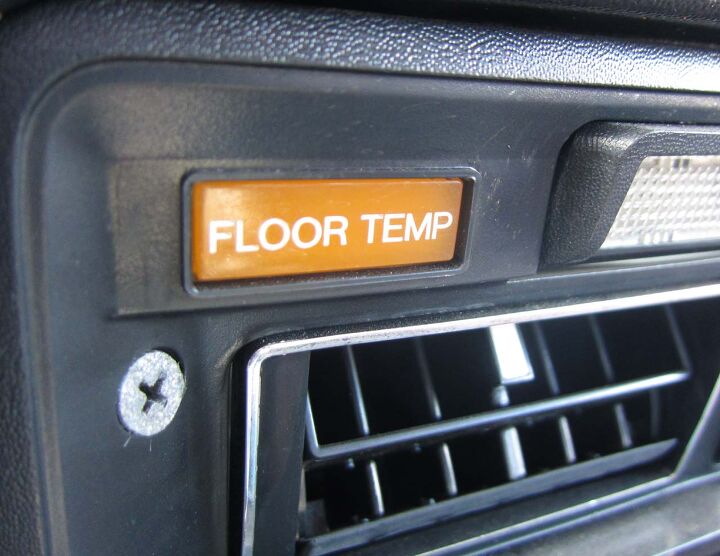

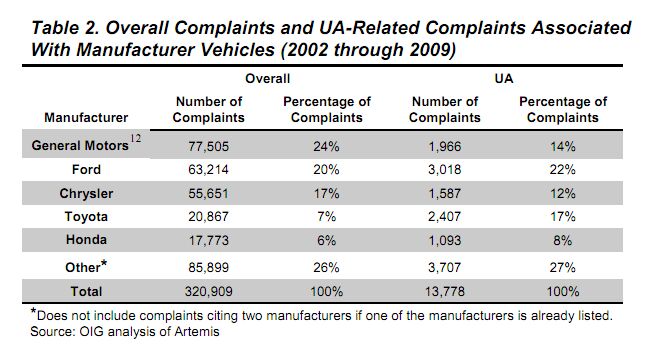
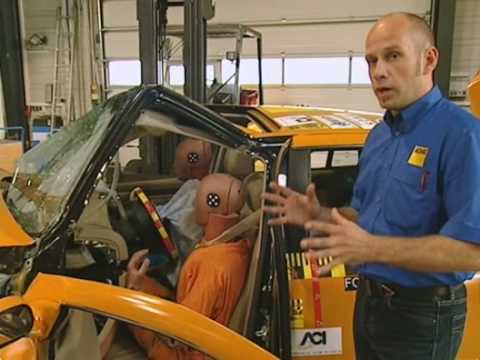
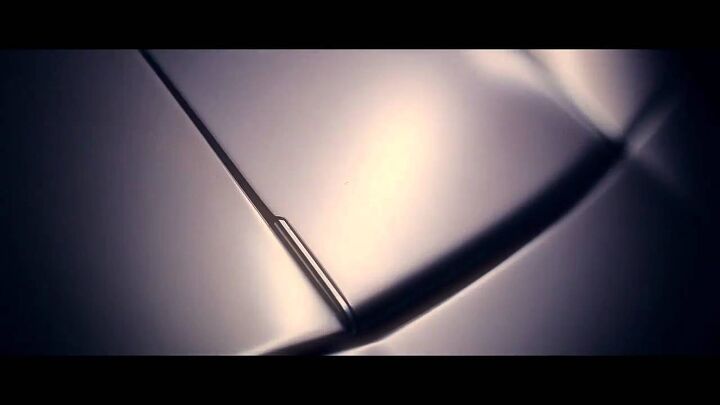
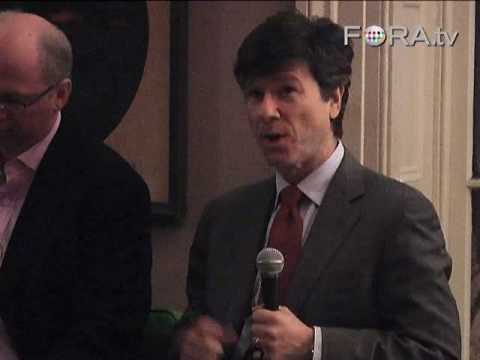
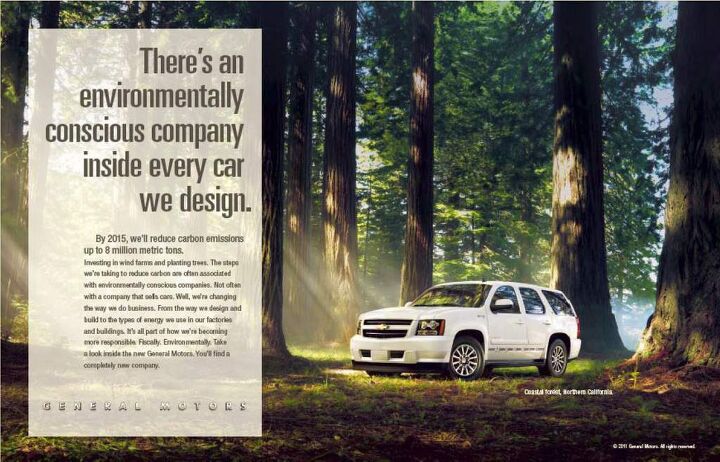












Recent Comments